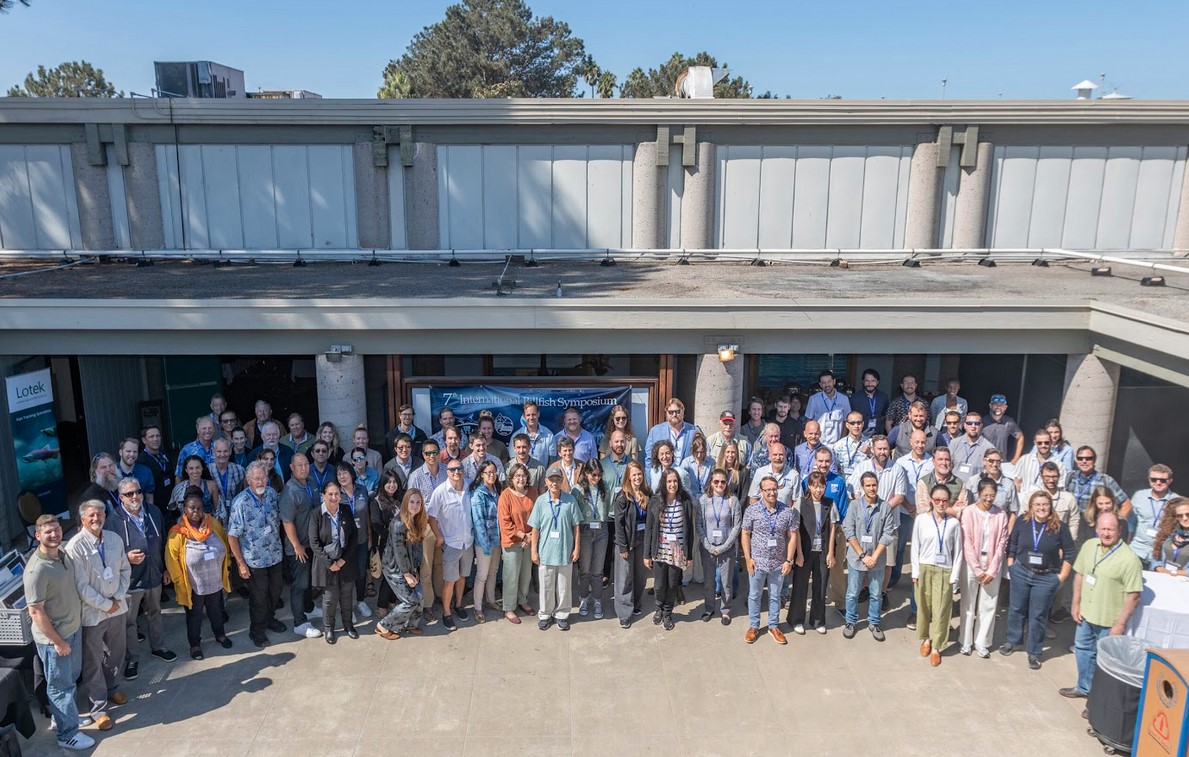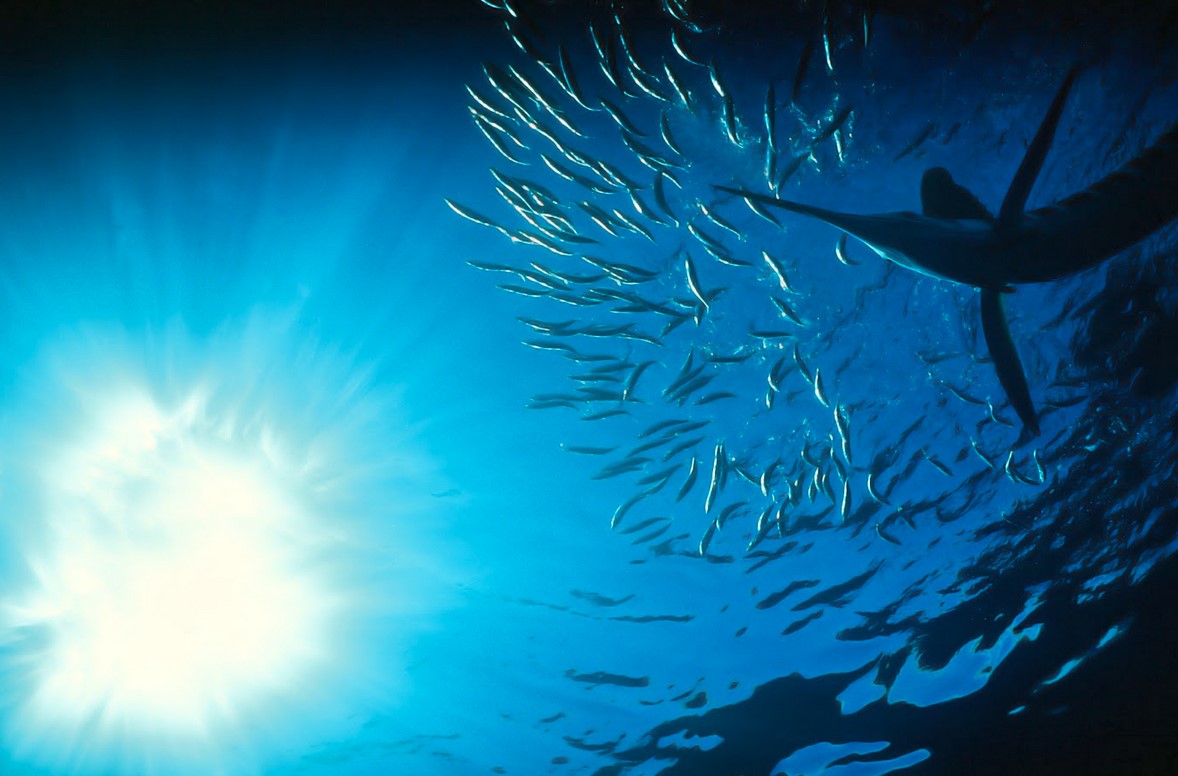WE’VE Moved the Line for Menhaden
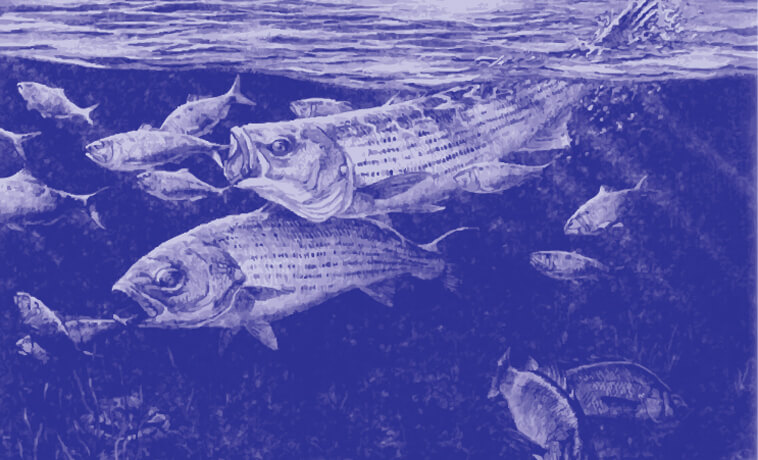
On August 5th, Atlantic menhaden management reached a critical milestone. The Atlantic States Marine Fisheries Commission’s (ASMFC) Atlantic Menhaden Management Board voted unanimously to adopt ecological reference points (ERPs) that will be used to set annual catch levels for the Atlantic coast.
With so many predators – from bluefish and striped bass to ospreys and humpback whales – dependent on menhaden, the new reference points are designed to account for menhaden’s critical role in the food web.
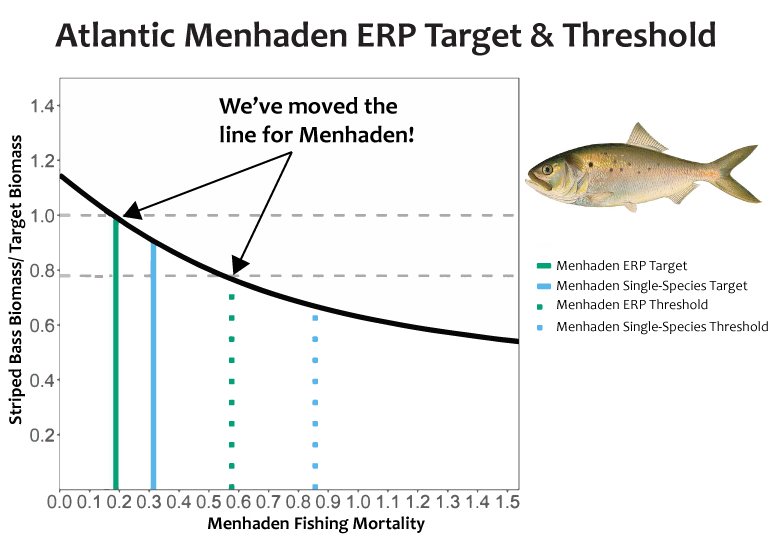
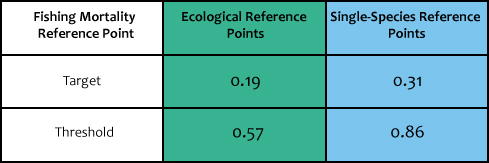
ERPs are similar to traditional fishing reference points in that both set targets (where you aim to be) and thresholds (where you want to avoid) to meet management objectives.
The important difference is that ERPs are designed to meet ecological objectives. In this case, menhaden fishing mortality is set to maintain the striped bass population. When striped bass needs are accounted for, the menhaden target and threshold are lower than traditional “single-species” reference points that are based solely on menhaden biology, leaving more menhaden in the water as forage.
Striped bass were chosen because they are more sensitive to menhaden abundance than other predators. When there are enough menhaden to satisfy striped bass needs, the needs of other predators are likely met as well, according to a multi-species model that was approved by the ASMFC for management use earlier this year. Anglers hope that the focus on striped bass will contribute to rebuilding the stock, which is currently overfished.
Menhaden are often called “the most important fish in the sea” because of their keystone role in the Atlantic’s forage base. “To think that just 8 years ago, we were celebrating the first ever coast-wide catch limit for menhaden, and now we are celebrating the adoption of ecological reference points. It’s a testament to the perseverance of a broad coalition of fishermen and conservationists who have fought for decades to protect menhaden’s role in the food web,” said Wild Oceans Executive Director Pam Lyons Gromen.
Hundreds of emails, thousands of petition signatures, and dozens of group and organization letters were sent to the Menhaden Management Board ahead of the August meeting, urging the Board to move forward with ecological reference points.
The ASMFC’s Atlantic Menhaden Management Board will convene again in the fall to set annual catch limits for the menhaden fishery using the new ecological reference points.


